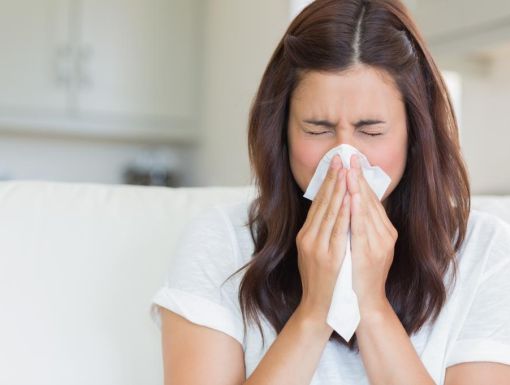
The 5 Best Ways To Prevent Colds and the Flu in 2025
Protecting yourself from common respiratory illnesses like the flu and the common cold is a year-round commitment. While it is not possible to eliminate all risks of getting sick, you can take decisive, evidence-based steps to significantly reduce your chances of infection.
This guide outlines strategies recommended by the Centers for Disease Control and Prevention (CDC) to help you stay healthy.
What are the best tips to prevent colds and the flu?
- Wash your hands often. The viruses that cause colds and seasonal flu are spread by droplets, usually when an infected person coughs, sneezes or talks. The virus enters your body through your nose or mouth, or from your hands after you have touched an object contaminated with the virus. For instance, if you share a phone or a computer keyboard, or touch public door handles, and put your hands near your face, the virus could enter your mouth or nose. Washing your hands for at least 20 seconds using soap and water is best for cleaning viruses off your hands. If you don't have access to soap and water, consider carrying an alcohol-based hand cleaner with you.
- Use tissues, then toss them. Don't stuff used tissues back in your pocket. Throw them away.
- Avoid contact. Avoid close contact with people who are sick. Stay home if you are sick to prevent the spread of your illness. When you cough or sneeze, cover your mouth and nose with a tissue, or cough or sneeze into your upper sleeve.
- Practice good health habits. General health habits are foundational to a strong immune system. These include getting adequate sleep, engaging in regular physical activity, managing stress, drinking plenty of fluids and consuming a nutritious diet. These habits work together to keep your body strong and ready to fight off infections.
- Consider getting a flu shot. The flu vaccine can lessen the severity of illness in the very young and very old, along with those with conditions such as hypertension, diabetes and chronic respiratory illnesses. Since the flu vaccine can decrease the severity of the illness, particularly those who are medically vulnerable, the flu vaccine can lead to decreased hospitalization and mortality.
How can you keep your environmental clean to prevent colds and the flu?
Viruses can linger on frequently touched surfaces. Regularly disinfect high-touch items such as your phone, computer, doorknobs and light switches to minimize the risk of spreading germs. Encourage those around you to do the same to maintain a healthier shared space.
Preventing colds and the flu is an ongoing commitment that benefits you as well as your community. By embracing good hygiene, making healthy choices and reducing opportunities for germs to spread, you help yourself and those you care about.
If you think you might have the flu, contact your primary care physician or find an Ochsner Urgent Care location near you.



